Introduction to the List of Food Spices
Spices have been a cornerstone of culinary traditions worldwide for centuries, transforming simple ingredients into extraordinary meals. From the warm earthiness of cumin to the vibrant floral notes of saffron, each spice offers unique flavor, aroma, and cultural significance. This comprehensive guide covers 25+ essential food spices with detailed profiles, practical usage tips, and storage secrets to elevate your cooking.

Understanding Spice Basics
Spices are dried plant parts—seeds, bark, roots, or fruits—unlike herbs which come from leafy greens. They provide intense flavors, colors, and sometimes health benefits. Key principles for using spices:
- Less is more: Start with small amounts and adjust to taste
- Toast whole spices before grinding to release essential oils
- Store properly in airtight containers away from light and heat
- Understand flavor profiles to create balanced dishes
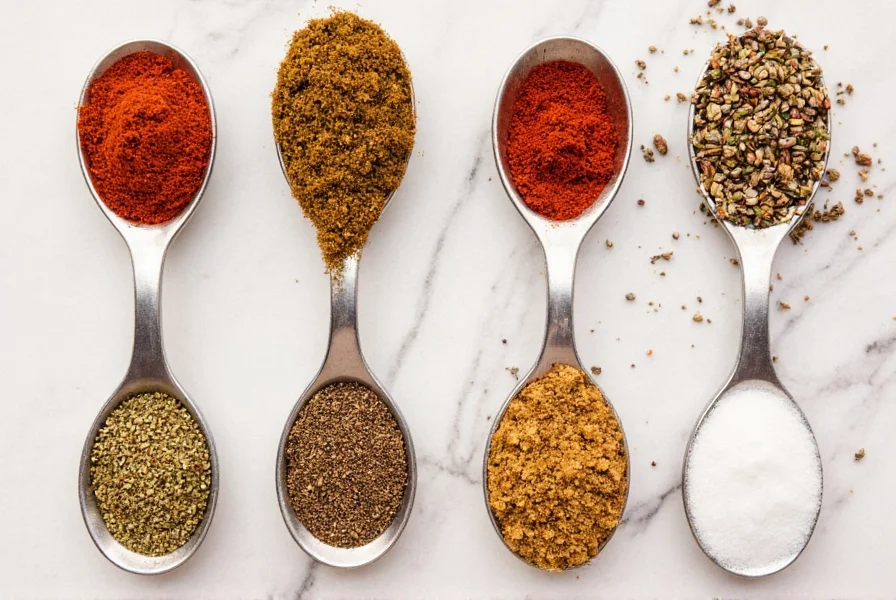
25+ Essential Food Spices: Detailed Profiles
| Spice | Flavor Profile | Origin | Common Uses | Storage Tips |
|---|---|---|---|---|
| Cumin | Earthy, nutty, slightly bitter | Mediterranean/Middle East | Mexican, Indian, Middle Eastern dishes; chili, tacos, curries | Store whole; grind fresh for maximum flavor (lasts 2-3 years) |
| Paprika | Smoky, sweet, or hot varieties | Spain/Hungary | Goulash, deviled eggs, spice rubs; smoked paprika for depth | Refrigerate after opening; loses color quickly (6-12 months) |
| Cinnamon | Warm, sweet, woody (Ceylon: delicate; Cassia: stronger) | Sri Lanka/China | Baking, desserts, mulled wine, Moroccan tagines | Whole sticks last 3-4 years; ground lasts 2 years |
| Ginger | Pungent, spicy, slightly sweet (fresh: sharp; dried: more concentrated) | China/India | Asian stir-fries, baking, teas, curries | Refrigerate fresh; freeze dried for longer shelf life |
| Turmeric | Earthy, slightly bitter, vibrant yellow | India/Southeast Asia | Curries, rice dishes, golden milk; contains curcumin | Store in dark container; ground lasts 1-2 years |
| Coriander Seeds | Citrusy, floral, slightly sweet | Mediterranean | Curries, soups, spice blends like garam masala | Whole seeds last 3-4 years; grind just before use |
| Cardamom | Sweet, floral, with hints of citrus | India/Guatemala | Indian chai, Scandinavian baking, Middle Eastern coffee | Store pods whole; grind seeds as needed |
| Cloves | Strong, sweet, pungent | Indonesia | Mulled wine, baked goods, spice blends | Whole cloves last 3-4 years; use sparingly |
| Nutmeg | Warm, nutty, slightly sweet | Indonesia | Desserts, béchamel sauce, holiday recipes | Whole nutmeg lasts 3-4 years; grate fresh for best flavor |
| Mustard Seeds | Pungent, slightly bitter | India/Europe | Pickling, Indian curries, mustard condiments | Store in airtight container; lasts 2-3 years |
| Bay Leaves | Herbal, slightly floral | Mediterranean | Stews, soups, braises (remove before serving) | Store dried in cool, dark place; lasts 1-2 years |
| Saffron | Floral, honey-like, expensive | Persia (Iran) | Paella, risotto, Spanish dishes (soak in warm liquid first) | Store in dark glass container; avoid moisture |
| Fennel Seeds | Sweet, licorice-like | Mediterranean | Italian sausages, Indian curries, digestive teas | Whole seeds last 2-3 years; grind for stronger flavor |
| Star Anise | Strong licorice flavor | China | Chinese five-spice powder, pho broth, mulled wine | Store whole; lasts 2-3 years |
| Fenugreek | Maple-like, slightly bitter | India/Middle East | Indian curries, spice blends, sprouting for microgreens | Store in airtight container; lasts 1-2 years |
| Sumac | Tart, lemony | Middle East | Za'atar blend, grilled meats, salad dressings | Store in cool, dark place; lasts 1-2 years |
| Cayenne Pepper | Fiery, hot | South America | Hot sauces, spice rubs, adding heat to dishes | Store in dark container; lasts 2-3 years |
| Black Pepper | Pungent, sharp, slightly sweet | India | Used in almost every cuisine worldwide | Whole peppercorns last 3-4 years; grind fresh |
| Chili Powder | Spicy, smoky (blend of chili peppers, cumin, garlic) | Mexico | Chili con carne, taco seasoning, spice rubs | Store in airtight container; lasts 1-2 years |
| Curry Powder | Complex blend of turmeric, cumin, coriander, etc. | India | Curries, roasted vegetables, marinades | Store in dark container; lasts 1-2 years |
| Garam Masala | Warm, aromatic blend (cinnamon, cardamom, cloves, etc.) | India | Indian curries, stews, roasted meats | Store in airtight container; lasts 1-2 years |
| Vanilla | Rich, sweet, floral | Mexico | Baking, desserts, custards | Store whole pods in airtight container; lasts indefinitely |
| Clove | Strong, sweet, pungent | Indonesia | Mulled wine, baked goods, spice blends | Whole cloves last 3-4 years; use sparingly |
| Allspice | Blend of cinnamon, nutmeg, clove flavors | Jamaica | Caribbean jerk seasoning, baked goods, stews | Store whole; lasts 2-3 years |
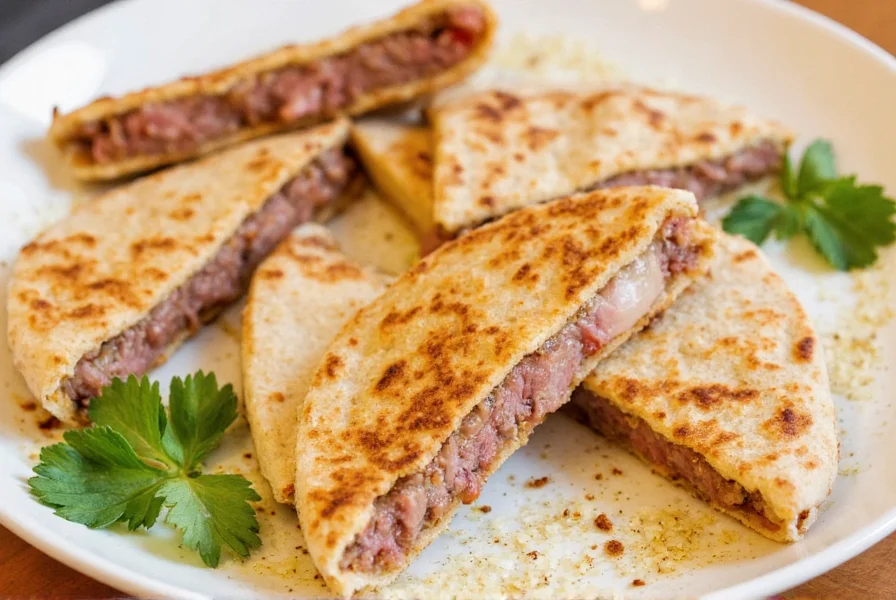
Expert Spice Usage Techniques
- Toast whole spices in a dry pan before grinding to unlock full flavor
- Layer spices: Add early for deep flavor (like cumin in chili), late for bright notes (like fresh cilantro)
- Balance flavors: Counteract heat with sweetness (honey), acidity (vinegar), or creaminess (yogurt)
- Make your own blends: Create custom spice mixes for specific dishes
- Use fresh spices for best results; replace annually for ground spices
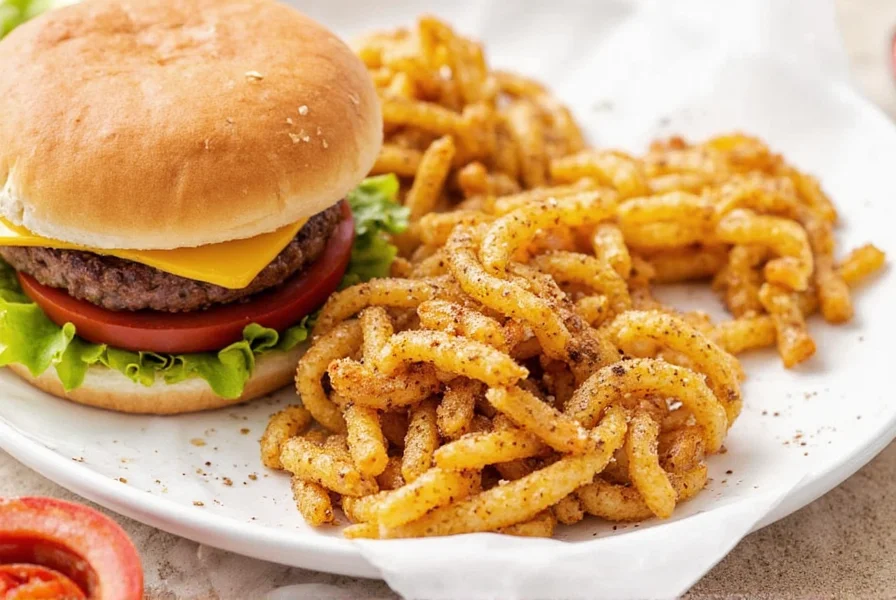
Professional Buying Guide for Spices
- Whole vs. Ground: Whole spices retain potency 2-3x longer than ground; grind as needed for maximum flavor
- Color and aroma: Bright color and strong scent indicate freshness; dull color means staleness
- Source quality: Look for organic, ethically sourced spices from reputable suppliers
- Buy small quantities: Spices lose potency quickly; purchase only what you'll use in 6-12 months
- Specialty blends: Try regional blends like Ras el Hanout (North African) or Za'atar (Middle Eastern)
For example, when making authentic Indian curry, freshly toasted cumin and coriander seeds provide superior flavor compared to pre-ground versions. Similarly, real vanilla beans (not extract) deliver complex flavor for premium desserts.
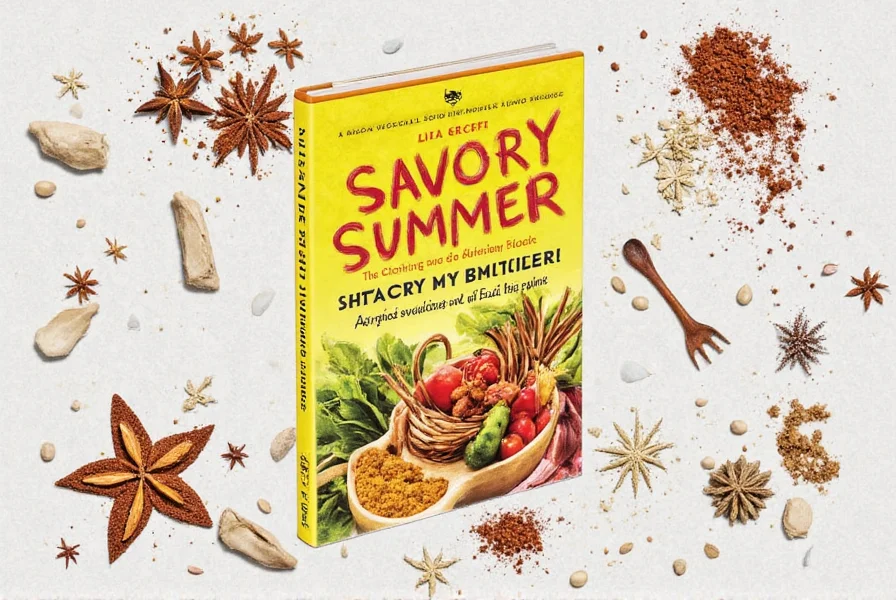
Frequently Asked Questions About Food Spices
What are the most essential spices every kitchen should have?
Every well-equipped kitchen should include: black pepper, cumin, paprika, cinnamon, garlic powder, turmeric, and chili powder. These cover 90% of global cuisines. For specialized cooking, add cardamom (Indian/Middle Eastern), saffron (Spanish), or star anise (Asian).
How long do spices last before they lose potency?
Whole spices: 3-4 years; ground spices: 1-2 years; delicate spices (paprika, chili powder): 6-12 months. The best test is the aroma test—rub between fingers; if scent is weak, replace. Proper storage in airtight containers away from heat extends shelf life significantly.
What's the difference between herbs and spices?
Herbs come from leafy parts of plants (basil, parsley, cilantro) and are often used fresh. Spices come from non-leafy parts—seeds (cumin), bark (cinnamon), roots (ginger), or fruits (peppercorns)—and are typically dried. Spices generally have stronger flavors and longer shelf lives than herbs.
Can I substitute one spice for another if I don't have what a recipe calls for?
Yes, but with caveats:
- Cumin → coriander (use 50% less)
- Cardamom → nutmeg + cinnamon (1:1 ratio)
- Chili powder → cayenne + paprika (1:2 ratio)
- Vanilla extract → vanilla bean (1 bean = 3 tsp extract)
How should I store spices to keep them fresh?
Store in airtight glass containers away from heat, light, and moisture. Never store above the stove. Whole spices last longer than ground. For expensive spices like saffron or vanilla beans, use dark glass containers. Avoid refrigeration except for fresh herbs—moisture causes clumping and mold.
How can I tell if my spices are still fresh?
Perform the smell test: rub a small amount between fingers. Fresh spices release strong, vibrant aromas. Stale spices have faint or no scent. For colored spices (turmeric, paprika), check if the color is still vibrant. The taste test (for edible spices) shows if flavor is robust or flat. Replace spices every 6-12 months for optimal flavor.
What's the difference between cumin and coriander?
Cumin has earthy, nutty notes with a slight bitterness, while coriander is citrusy, floral, and sweeter. They're often used together but serve different purposes: cumin adds depth to savory dishes (chili, tacos), while coriander brightens curries and soups. Ground cumin loses flavor faster than coriander seeds.
Conclusion
Mastering the 25+ essential food spices transforms ordinary cooking into extraordinary culinary experiences. From the vibrant yellow of turmeric to the complex warmth of garam masala, each spice brings cultural heritage and flavor depth to your dishes. Remember: freshness matters, proper storage extends potency, and experimentation unlocks new flavor worlds. Start with these core spices, and soon you'll confidently explore global cuisines with precision and creativity.
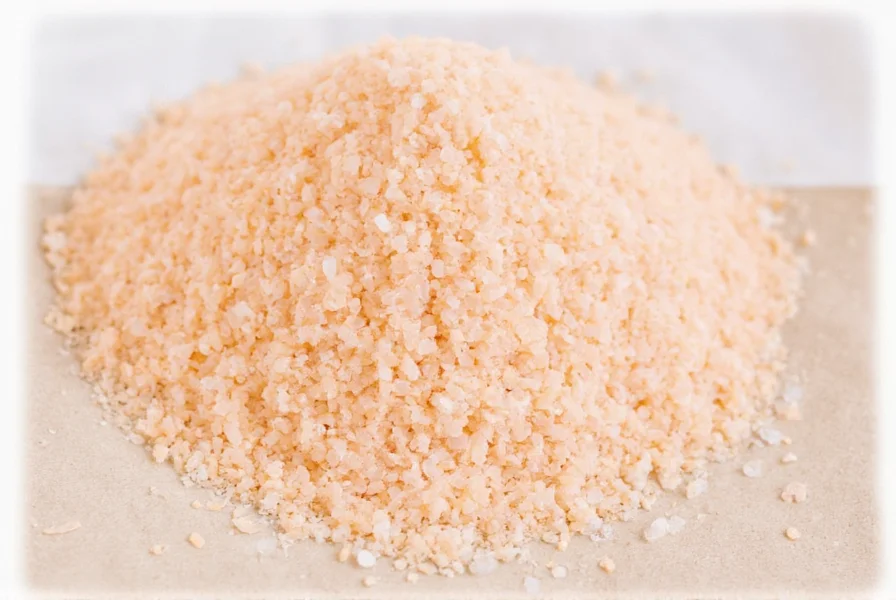











 浙公网安备
33010002000092号
浙公网安备
33010002000092号 浙B2-20120091-4
浙B2-20120091-4